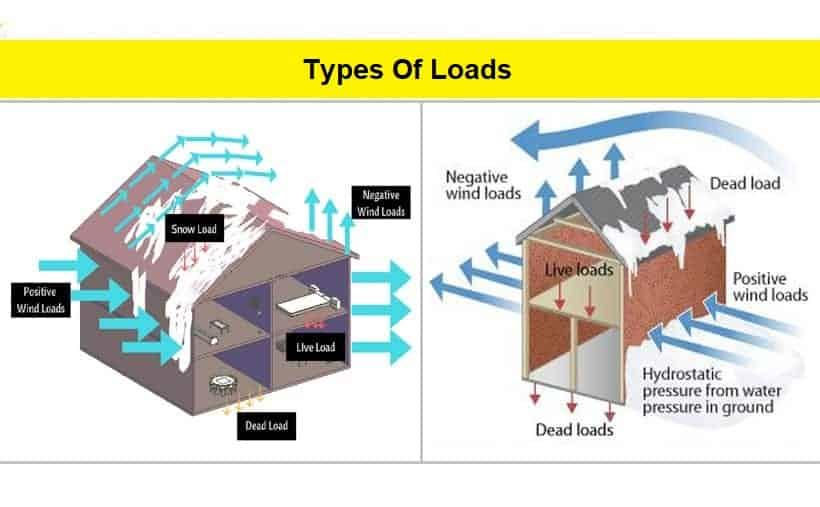In the realm of civil engineering, the understanding of different types of loads is crucial. Civil engineers are responsible for designing infrastructure that can withstand various forces and stresses encountered in their operational lifespan. These loads come in different forms, each exerting its own influence on the integrity and stability of structures. This comprehensive guide aims to dissect the various Types Of Load In Civil Engineering projects, elucidating their characteristics, implications, and significance in design and analysis.
1. Introduction to Loads in Civil Engineering
Loads in civil engineering encompass the forces that act upon structures, bridges, roads, and other infrastructure components. These forces arise from gravitational effects, environmental conditions, dynamic motion, and human activities. Proper consideration of loads is essential to ensure the safety, functionality, and longevity of civil engineering projects.
2. Dead Load: The Static Weight
2.1. Definition and Characteristics
Dead load, also known as permanent load, refers to the weight of the structure itself and any fixed components. Examples include the weight of concrete, steel beams, and permanent fixtures like walls and floors.
2.2. Implications in Design
Civil engineers must account for dead load to ensure that structural elements have sufficient strength and stiffness to support their weight without excessive deformation or failure.
3. Live Load: Dynamic Forces
3.1. Understanding Live Load
Live load represents the transient or variable forces imposed on structures by moving objects, people, vehicles, and environmental factors such as wind or snow. Unlike dead load, live load fluctuates over time and depends on factors like occupancy, usage patterns, and external conditions.
3.2. Design Considerations
Incorporating appropriate safety factors, civil engineers design infrastructure to withstand live loads while ensuring public safety and preventing overloading or structural instability.
4. Wind Load: Battling Atmospheric Forces
4.1. Impact of Wind Load
Wind load arises from the pressure exerted by wind on the surfaces of buildings, bridges, and other structures. Factors influencing wind load include wind speed, direction, duration, terrain, and the shape of the structure.
4.2. Mitigation Strategies
Civil engineers conduct wind load analysis and employ design measures such as aerodynamic shaping, wind barriers, and structural reinforcement to enhance the stability and resilience of infrastructure against wind-induced forces.
5. Seismic Load: Earthquake Hazards
5.1. Seismic Load Characteristics
Seismic load results from ground motion during earthquakes and can induce significant stresses and deformations in structures. Its intensity depends on factors such as seismicity, soil conditions, building height, and structural configuration.
5.2. Seismic Design Principles
Civil engineers integrate seismic design principles, such as base isolation, damping systems, and reinforced concrete structures, to mitigate the effects of seismic load and enhance the earthquake resistance of buildings and infrastructure.
6. Conclusion: Navigating the Complexities of Load Analysis in Civil Engineering
Navigating the complexities of types of load in civil engineering is essential for engineers tasked with designing robust and resilient infrastructure. From dead load and live load to wind and seismic load, each type presents unique challenges and considerations in design and analysis. By comprehensively understanding these loads and their effects, civil engineers can develop innovative solutions to mitigate risks, optimize performance, and ensure the safety and sustainability of civil engineering projects. As the field of civil engineering continues to evolve, continued research and advancements in load analysis will remain paramount in shaping the infrastructure of the future.

